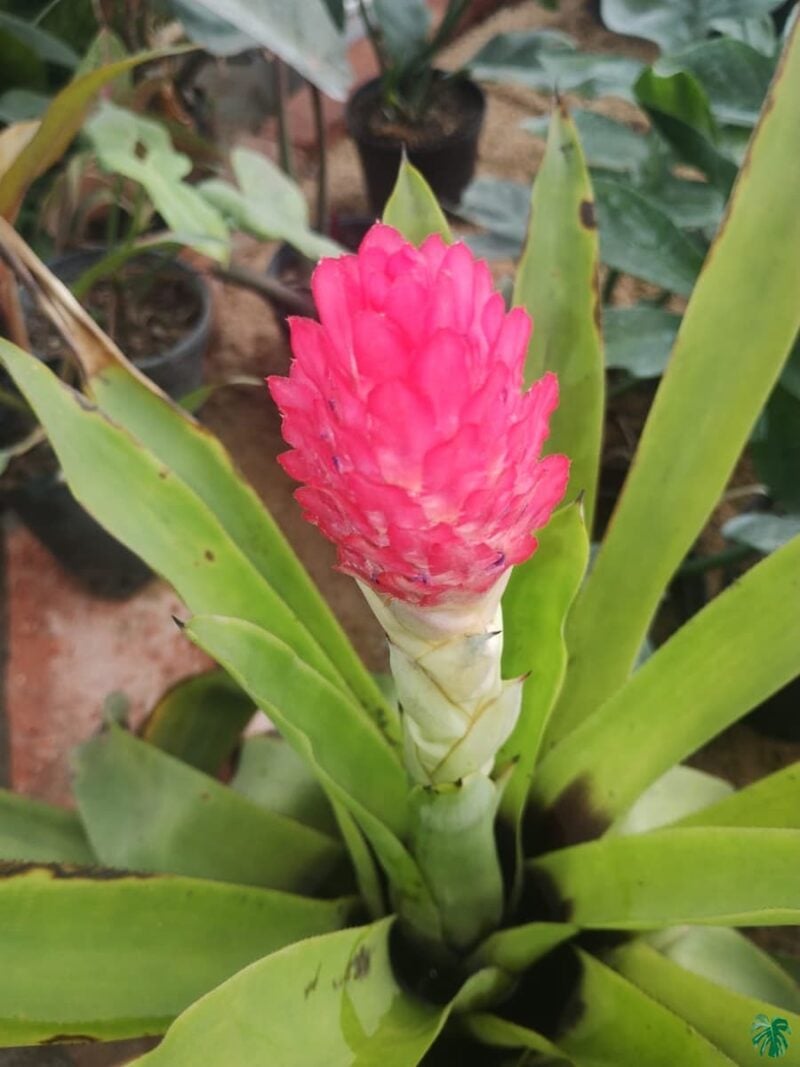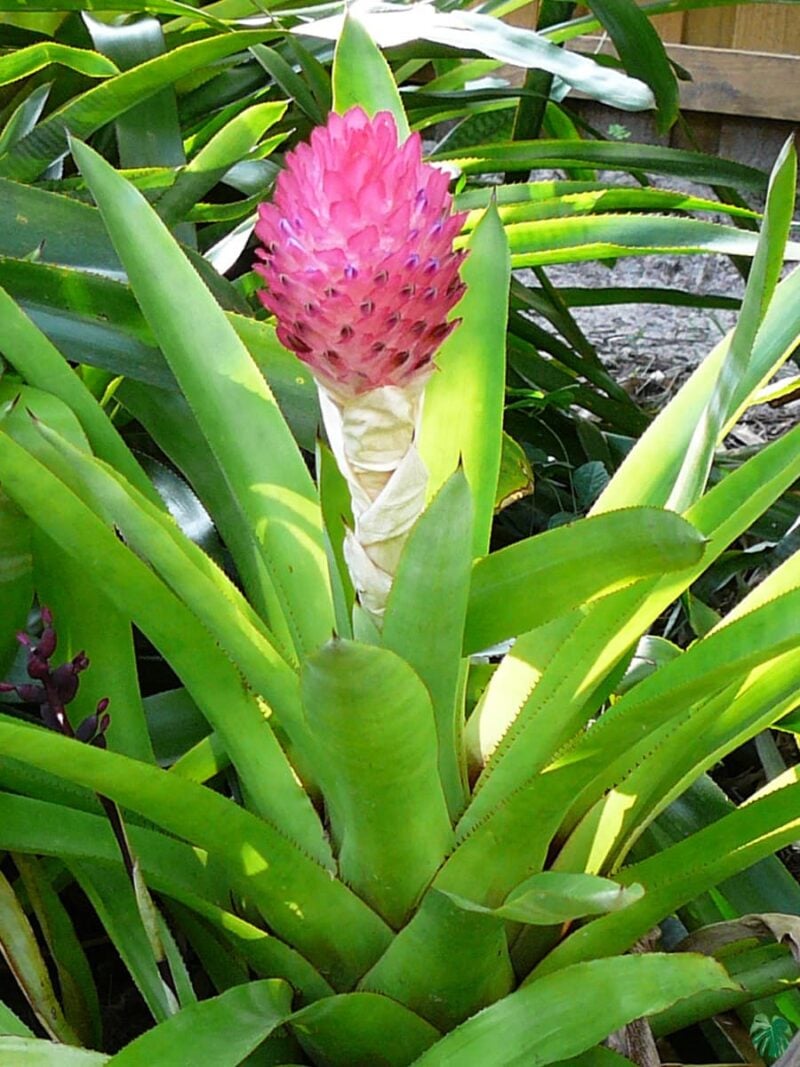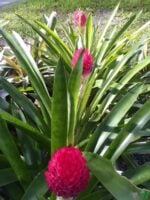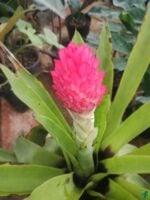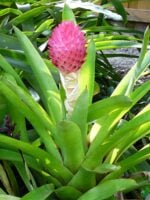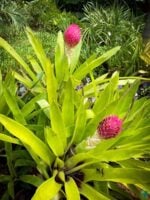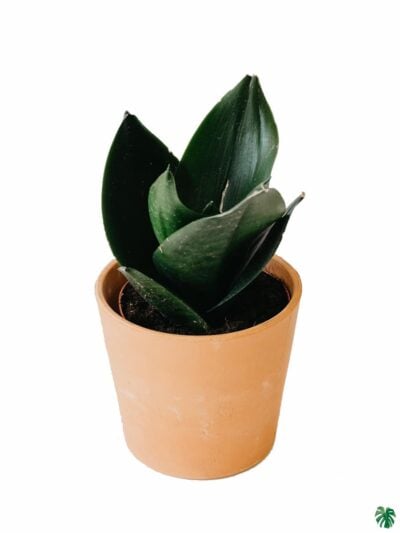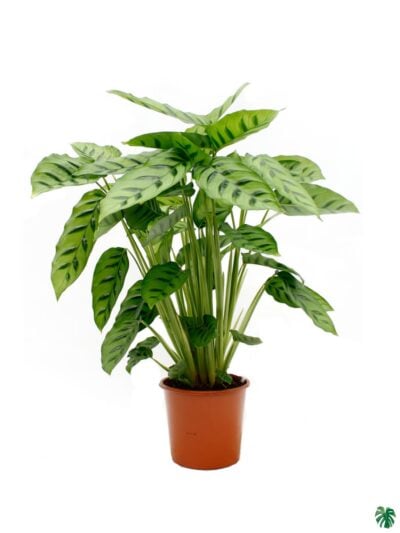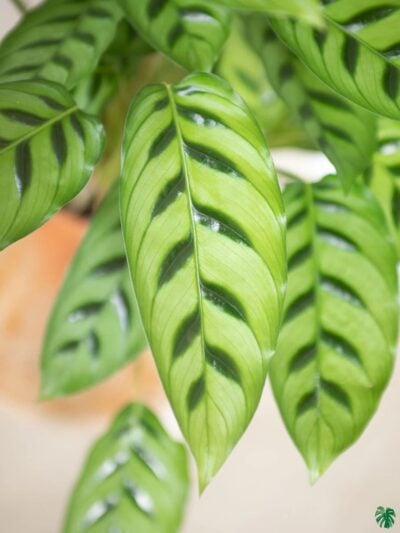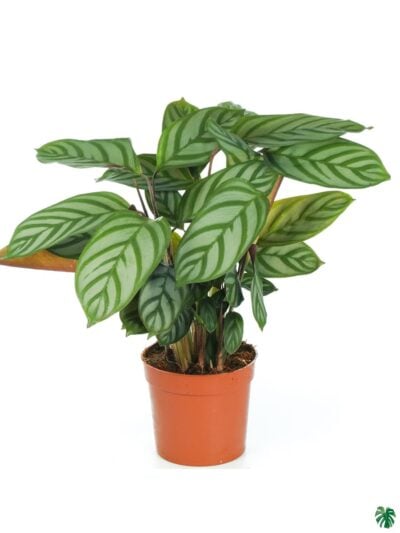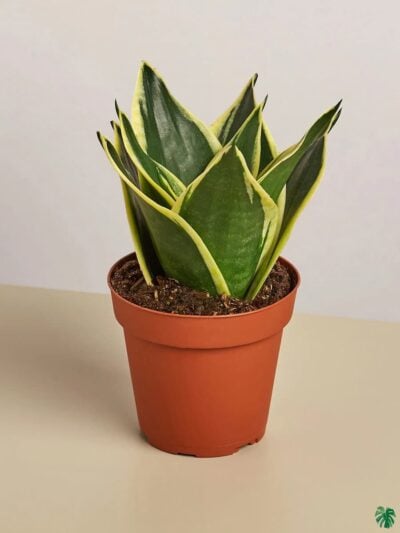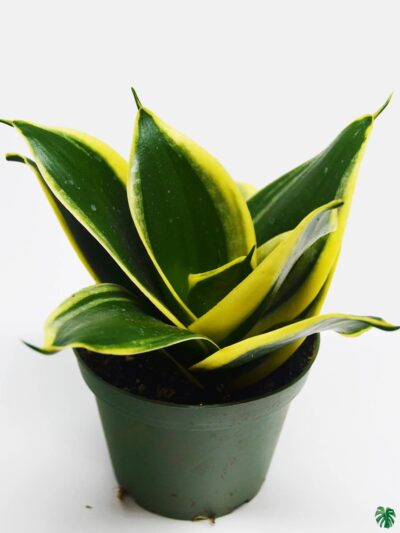Quesnelia Testudo Bromeliad

Quesnelia Testudo Bromeliad has a well-formed rosette of about 20 plain green leaves. These leaves have lightly serrated edges and are tipped by a sharp spine. The bloom reaches about a foot high. The inflorescence of Quesnelia Testudo bears rosy red bracts and violet or white petals. Its bright green leaves with its sharp leaf tips add to its attraction on this unusual species.
Quesnelia Testudo are endemic to eastern Brazil, where they are found often found growing in masses near the sea shore. While some even grow in sand close to the water others grow further inland in swampy forests in the shade of trees and still others grow as epiphytes in mountains bordering the coastline. However some grow at altitudes up to 1500m Coastal species tend to have medium to large green rosettes with sturdy floral heads of brilliant pink. The smaller species with a tubular structure like billbergias are found on rock or tress in the coastal mountains. Brilliant inflorescences and rosy red bracts with petals of pink, lavender blue is a consistent characteristic of this genus. The stiff leaves have small to medium sized spines.
It’s easy to grow and care for and a wonderful gift for any gardener. These are very healthy plants with well established root systems. The growth rate, bloom and leaf colour will vary greatly depending on soil type, sunlight, temperature and other factors.
Bromeliads are ideal for homeowners who don’t want a plant that requires lots of care; they thrive with bright light and humidity. They are non-toxic to animals and can even be grown using soil-free methods, which is perfect for pet owners who want to avoid a cat or dog digging in the dirt.
The Bromeliaceae is a family of monocot flowering plants of 75 genera and around 3590 known species native mainly to the tropical Americas, with a few species found in the American subtropics and one in tropical West Africa, Pitcairnia feliciana.


